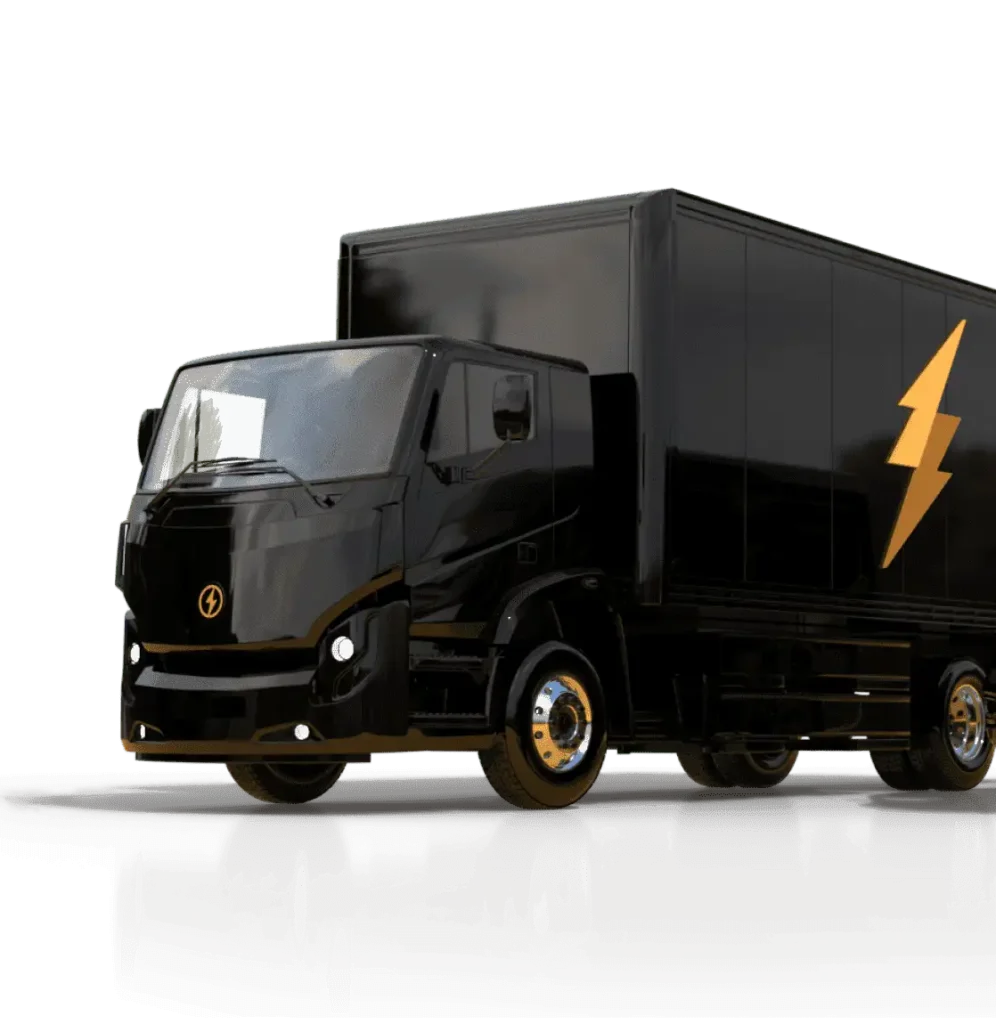Sustainability is a key pillar of GoBolt’s culture and at the heart of the decisions we make and has brought us to our goal of providing carbon neutral deliveries.
GoBolt is proud to have made a large investment to grow our fleet of electric vehicles in Canada and the United States. While our EVs can’t yet make every delivery, starting with our first-party parcel deliveries, we’re sequestering our carbon emissions released during these trips by contributing to verified restorative projects through our sustainability partners.
To understand how the GoBolt team has woven sustainability into our DNA and what other leaders can learn from our experience, we sat down with GoBolt’s Co-Founder and CEO, Mark Ang.
GoBolt offers carbon neutral deliveries. Was that your business plan all along?
MA: When we started GoBolt (then known as Second Closet) in 2017, my cofounder and I had a choice to make. One option was to go the traditional route with emission-heavy operations and gas-guzzling vehicles, knowing that as our company grew, so too would our carbon footprint. Our second option was to chart a brand new course with sustainability at the forefront. That’s what we did and haven’t looked back since.
Today we’re focusing on EV deliveries as our first major impact area where we’re investing a ton of our efforts both in time, attention, and financial resources.
Any advice for brands interested in charting a more sustainable course, either directly or through 3PL?
There’s that saying, the best time to start was yesterday and the next best time is today.
MA: In terms of ramping up sustainability efforts, this is no longer something brands will need to consider in the future – this is a priority for the present day. To get started or to take your efforts up a notch, the first thing to do is get a bird’s eye view of where things currently stand.
For us at GoBolt, even though we’ve been setting goals and working toward them for sometime now, we continually assess the sustainable efforts we’ve implemented by asking which are functioning well and which areas and operations can be improved. In doing so, we’ve highlighted:
- Where our attention needs to be directed, and
- What goals of ours are attainable so our business can make the most environmentally positive impact possible.
Scaling up our sustainability efforts is different than most because we’re a young company and it’s been a part of our foundation. It’s a bit different than perhaps a business that’s working to change decades of culture.
But whatever the business, it starts with consistency. You need to be extremely consistent with what you’re endeavoring to do. I think the simpler, the better. There are so many things a brand can focus on, and there are many areas of impact that you can choose to have. I remind myself often that what gets measured gets done, and with focus comes greater impact. Have a really clear and consistent message, and then make sure that folks are updated on how your team is pacing toward it.
Where should sustainability fall in terms of decision-making on the corporate ladder?
MA: Prioritizing sustainability starts at the top. It needs to be both a business priority and a cultural shift. Leaders should be asking questions to assess who they choose to do business with. Sustainability ought to be more than subcultures of each department. It’s about digging into how to make seismic shifts to corporate culture.
At GoBolt, we wanted to go a step further where not only will we commit to our deliveries being carbon neutral by the end of 2023, but we’ll invest in sequestering projects that actually pull carbon and emissions from the atmosphere so that we can start to roll things back and offer carbon neutral deliveries. Simply not contributing to the problem isn’t enough to get us to where we need to be to manage our climate change. That’s another way leaders can think about this – how can your brand be part of the bigger solution?
How have you ensured sustainability is woven in GoBolt’s DNA?
MA: It’s very important that our team is aligned on how we’re going to go about our sustainable mandate – that’s how it trickles through the business. We’ve made major investments around our technology, our EVs, our charging infrastructure, and how we think about network design. These efforts will help us reach our goals and provide carbon neutral deliveries.
It was clear we were on the right path forward when people started saying that the reason they chose to join us was because of our sustainable focus and the impact that we’re endeavoring to have on the environment – we aim to leave the world a better place than when we found it.
Lastly, how do you think sustainability in logistics will progress in the next few years?
MA: There’s a lot going on but two things really stand out to me. First, electric vehicles – particularly vans and trucks for last mile delivery of all shapes and sizes – are going to become significantly less expensive. That will cause the adoption rate to surge because right now the ROI is not clear cut. At the same time, leaders will seek out EV manufacturers offering the best quality, causing others to likely fold. On that note, for anyone looking to adopt electric fleets, make sure that the charging infrastructure being installed is compatible with various different providers.
My second prediction is that utilities will face struggles to keep up. The amperage that goes into warehouses and yards is often not enough to electrically power whole fleets. This could lead to an emergence of government credits for solar panels to generate charge and store batteries on site to power up trucks overnight. This will take a huge load off utilities, so I think it’ll be cheaper to invest in those solar panels for that reason.
—
There are countless ways to move the needle on sustainability in logistics, but some efforts make a bigger impact than others. Curious to learn how your brand can do better by the environment? Sustainable logistics and electrifying last mile deliveries is something GoBolt knows a lot about. Reach out at hello@gobolt.com.







